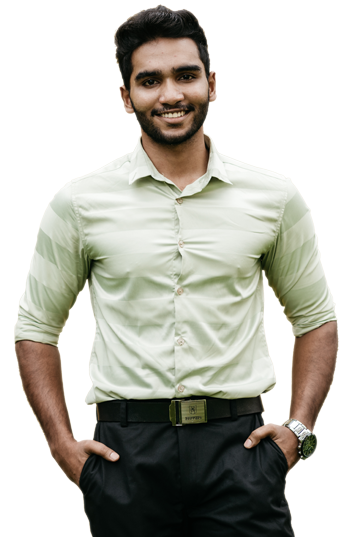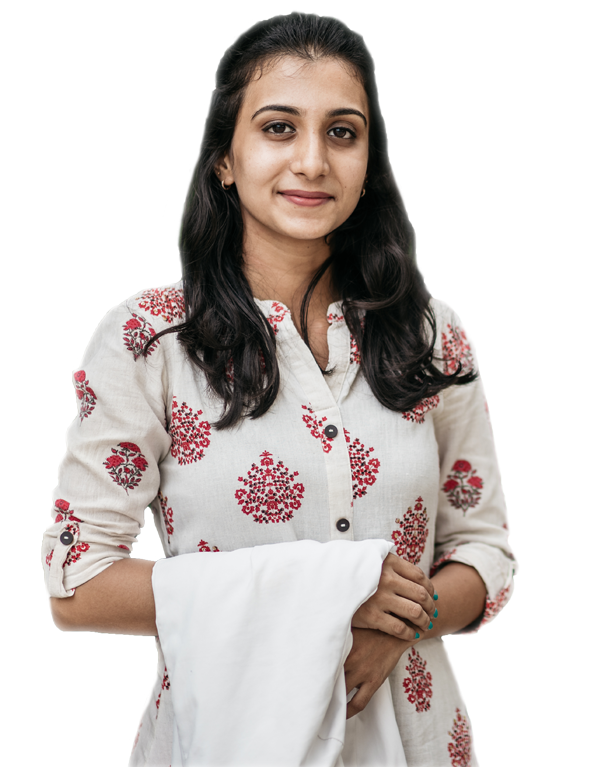
About the Institution
K S Hegde Medical Academy, established in 1999 is recognized by the Medical Council of India / NMC, New Delhi. It is a constituent college of Nitte (Deemed to be University), Mangaluru and situated in the Medical Sciences Complex at Deralakatte, Mangaluru.
Faculty
Dean: Prof. (Dr) P S Prakash, MBBS, MD (General Medicine) Prof. Prakash is a renowned physician and has nearly 4 decades of clinical, undergraduate, post graduate and doctoral training experience.
Co-ordinator
Eligibility
Pass in 12th standard or equivalent examination with 40% marks in Physics, Chemistry & Biology with English as one of the languages of study. The candidate should have completed 17 years of age as on 31st December of the year of admission. Candidates who have passed Diploma in Radiography/Imaging Technology awarded by the State Board or an equivalent, are eligible for direct admission to II year under lateral entry scheme.
Admission Procedure for BSc (A&OTT/MIT/MLT/RT)
Students seeking admission to BSc (A&OTT/MIT/MLT/RT) are required to submit the Admission Query form available on the homepage of www.nitte.edu.in
On receipt of the same, the Admission Section will guide the students with the process of registration and admission.
Admission to BSc (A&OTT/MIT/MLT/RT) is based on merit in the qualifying examination.
Documents required for admission to BSc (A&OTT/MIT/MLT/RT)
- 10th standard pass certificate for proof of date of birth (Original + 3 attested copies)
- 12th standard marks card (Original + 3 attested copies)
- Transfer certificate from the institution last attended (Original + 3 attested copies)
- Conduct certificate from the institution last attended
- Migration certificate from the Board/University of the institution last studied
- Physical fitness certificate from a registered medical practitioner
- Blood group certificate
- Photographs: Recent colour photo with white background, of resolution 300-600 dpi & size 35 mm x 45 mm (P.P size 5 Nos.) & size 20 mm x 25 mm (Stamp size 5 Nos.)
- Aadhaar card copy of the student
- Diploma marks cards & Diploma certificate (For Lateral Entry)
Commencement of Course
The course commences as per the date prescribed by Nitte (Deemed to be University), most likely in the first week of August
For any information regarding the admissions,mail us at: info@nitte.edu.in

Program Outcomes
At the end of the program, graduates will be able to...
- PO1: Describe principles of physics and operation of the imaging equipments
- PO2: Demonstrate knowledge of specified imaging modalities, relevant anatomy, image quality assurance and diagnostic decision making.
- PO3: Perform radiographic procedures ensuring safety of patients and personnel involved
- PO4: Operate and maintain commonly used imaging equipment with safety and efficiency.
- PO5: Provide sufficient information effectively to the patient about the imaging options available, purpose of the procedure, benefits, possible adverse consequences, and limitations.
- PO6: Recognize their role in the health care system and function effectively in a multidisciplinary health care team
- PO7: Engage oneself in self-assessment and structure their continuing professional education to refine existing skills and acquire new skills for patient care and professional advancement.
- PO8: Practice professional and ethical responsibilities with high degree of credibility, integrity and social concern.


